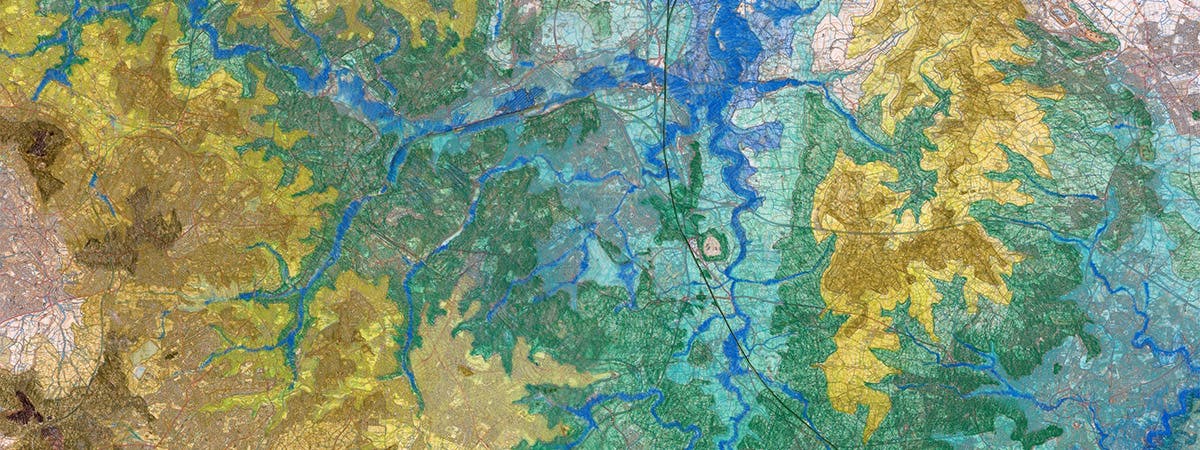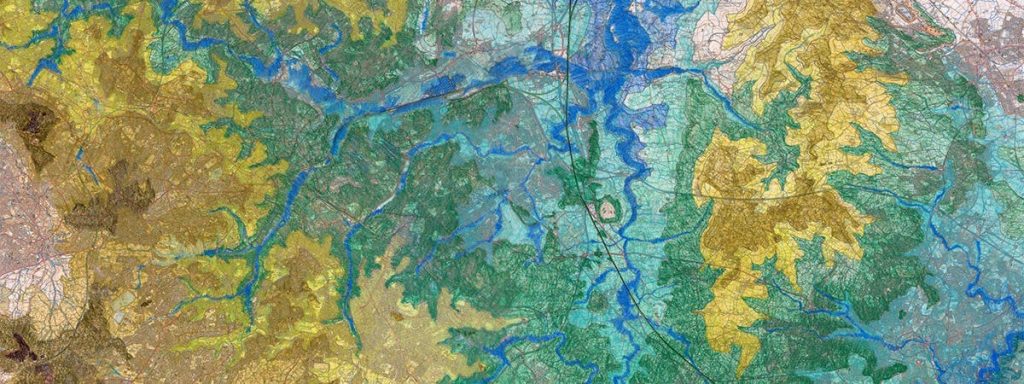Landscape architecture academics at Birmingham City University have partnered with a number of organisations, including West Midlands Combined Authorities, to establish a national park for the West Midlands that provides multiple benefits to the city, the landscape and its inhabitants.
Research background – repositioning the West Midlands
Professor Kathryn Moore and Dr Anastasia Nikologianni, based within the Creative Artistic Thinking in Design (CATiD) research hub, are developing a proposal for a national park that will give the West Midlands a brand new identity and position it as a sustainable leader.
The project is unique to the UK, receiving the green light from a Governmental review, and endorsed and applauded by environment secretary Michael Gove in the recently-published Review of Landscapes.
“Birmingham has been known as the city of a thousand trades – imagine if it becomes the city of a thousand cycle paths, footpaths, rivers and parks?” Kathryn says.
“The West Midlands National Park project will be a beacon for reimagining place and the way citizens experience it.”
Research background – Transforming regional identity
The project will help to meet the UN’s Sustainable Development Goals for 2030, which pledges to improve sustainability and take urgent action on climate change.
“It will reconceptualise the region by realising new, holistic and integrated approaches to urban and rural development,” Kathryn explains.
“It brings a fresh perspective to outdated practices, and helps address a need for a new approach, particularly in terms of the deepening climate emergency, food and water security. The park will be instrumental in transforming the identity and ambitions of the region.”
Outcomes and impact – A better, greener West Midlands
The National Park for the West Midlands project arrives at a time where the region is going through immense change.
Mayor Andy Street, of the West Midlands Combined Authority, believes the park is evidence of these exciting developments.
“There’s a revival going on in the West Midlands,” he says. “With Coventry being crowned UK City of Culture for 2021 and the Commonwealth Games coming the following year, all eyes will be on the region.
“In line with this, we need to make a positive contribution to the environment. To that end, this project is so very important and I hope we can bring it to life.”
The National Park project provides the conceptual and spatial context for the case studies in the EIT Climate Kic funded project, SATURN being undertaken with Birmingham City Council and partners in Sweden and Italy.
In June 2020, the West Midlands Combined Authority formally adopted the National Park project as a key component of a post-COVID economic recovery.

Looking to the future
The WMNP Lab, established in February 2019, will undertake further development and delivery of the work.
The WMNP Advisory group comprised of representatives from The Prince’s Trust, the Maria Nobrega Foundation, the National Trust and the Environment Agency.
The team are also set to secure seed funding from the WMCA to develop a three-year work programme, developing strategic recommendations and policies encouraging cross-boundary working. On 28 July 2020, the West Midlands Combined Authority (WMCA) signed a memoriandum of understanding with BCU, which formalised the Authority’s support for the project as part of its post-covid green economic recovery. Mayor of the West Midlands Andy Street said:
Also giving support to the project are the United Nations Educational, Scientific and Cultural Organisation, as well as the International Federation of Landscape Architects, Landscape Institute, RSPB and IPOGEA.
Kathryn believes the benefits of a fully-fledged West Midlands national park will transform the region.
“It will change the image of the West Midlands,” she says. “Putting quality of life and the environment at the top of the agenda will ensure the region becomes a far more desirable place to work, live and invest.”




